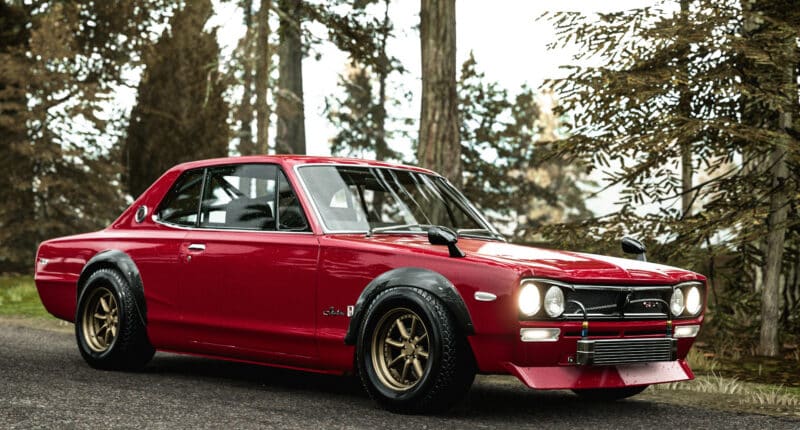As exciting as JDM car culture is, there’s no denying that it can also be very confusing, much more so than the traditional European and American car scenes.
That’s mostly because there are a plethora of subcultures within the subculture, and some aspects are lost in translation, or downright misunderstood.
One such subculture is the Shakotan style, and like many other JDM styles, there’s more to it than just modified cars; it’s something of a statement and a lifestyle.
The word shakotan is a Japanese term that roughly translates to “lowering,” or “low car.”

While that sounds simple enough, it actually encompasses a profound philosophy when it comes to cars — like it often does in Japan.
Originating in the 1970s, shakotan car culture can be viewed as the original stance movement, as it’s all about achieving that perfect, ground-scraping ride height.
In this article, we delve into the heart of shakotan, exploring what makes it unique, its roots, and its evolution.
What Is Shakotan Car Culture?

The essence of shakotan style lies in the visuals — these cars are low and sleek.
Shakotan cars tend to be fitted with the widest classic Japanese deep-dish wheels that can squeeze under the arches and often have a fair bit of negative camber.
Owners of cars adorned with this style pay meticulous attention to every detail, from the wheel fitment to the suspension tuning.
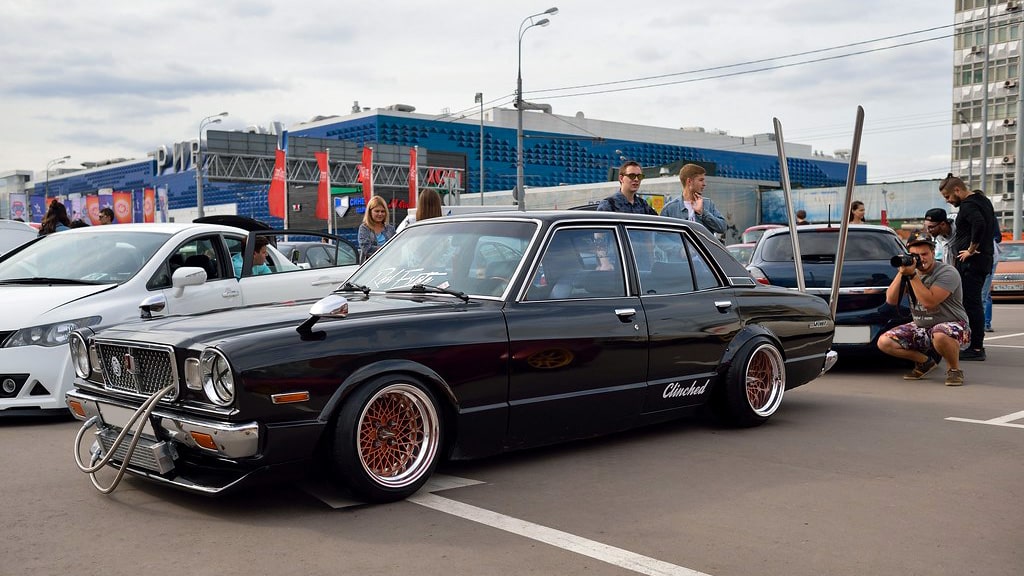
You could say that shakotan cars pay homage to motorsports, just not in the same exaggerated way you may have seen with other Japanese styles, such as kaido racers or the Onikyan style, for instance.
Body-wise, expect shakotan cars to offer clean lines, exposed front-mounted oil coolers with braided lines, a somewhat modest front-lip, sideskirts, a rear spoiler, and a set of somewhat mild fender flares.
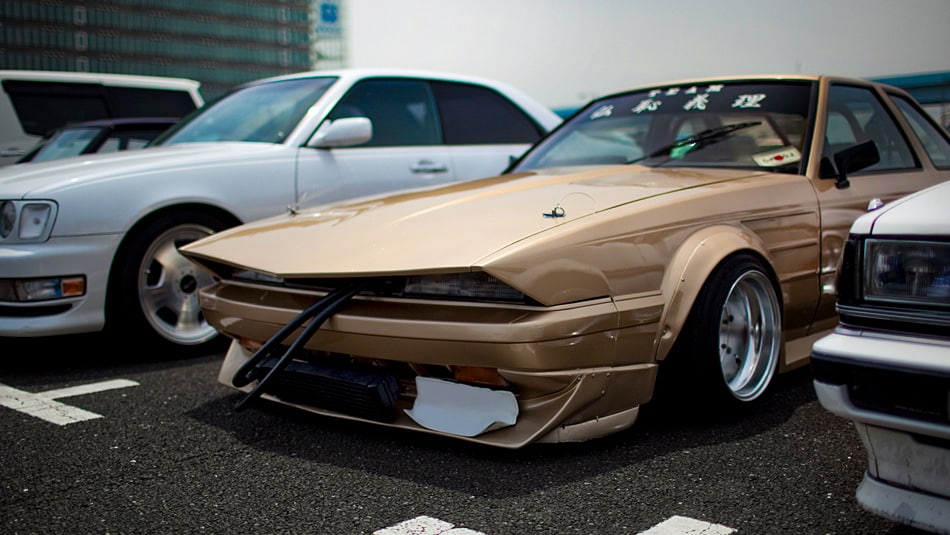
The shakotan exhaust can often be loud, straight pipes, but it’s nothing like the intricate takeyari-style exhausts that are found on the rather infamous bosozoku cars.
By now, you may realize that the shakotan style of modifying a car sounds strangely familiar to what’s referred to as stance these days. And you’re 100% right. Shakotan is perhaps the O.G. of stance.
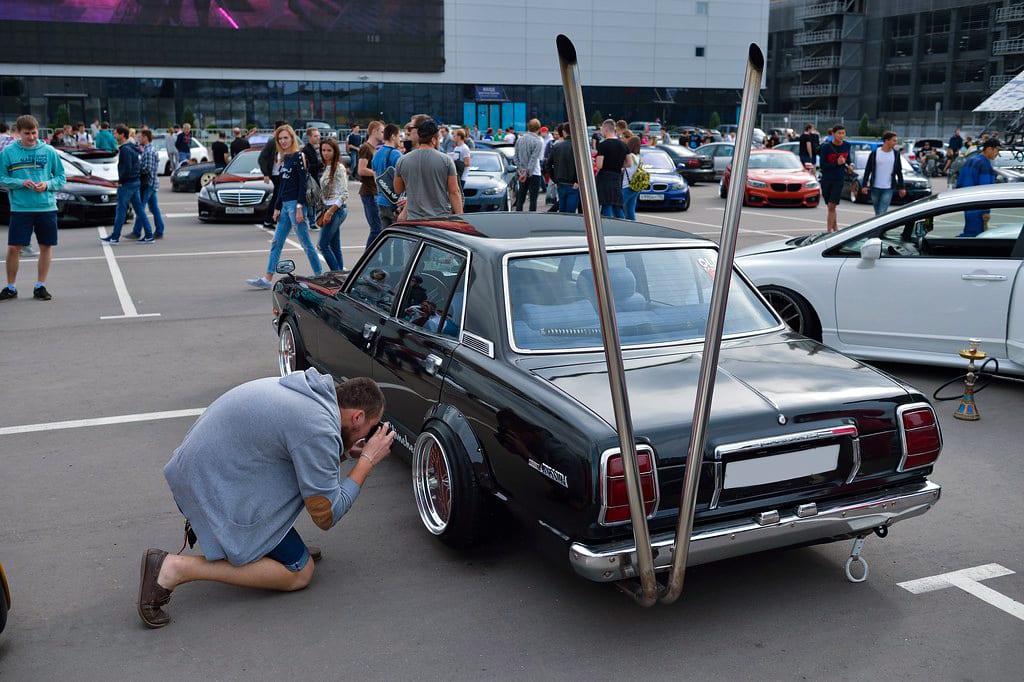
Owners would cut their cars’ springs to get them sitting as low as possible, and their creations could be seen rolling on massive SSR deep dish rims with stretched tires on Japan’s highways — much like today’s stance, except they tend to use coilovers or air suspension.
Another modification that was made popular back in the day is the tsurikawa ring or train handle.
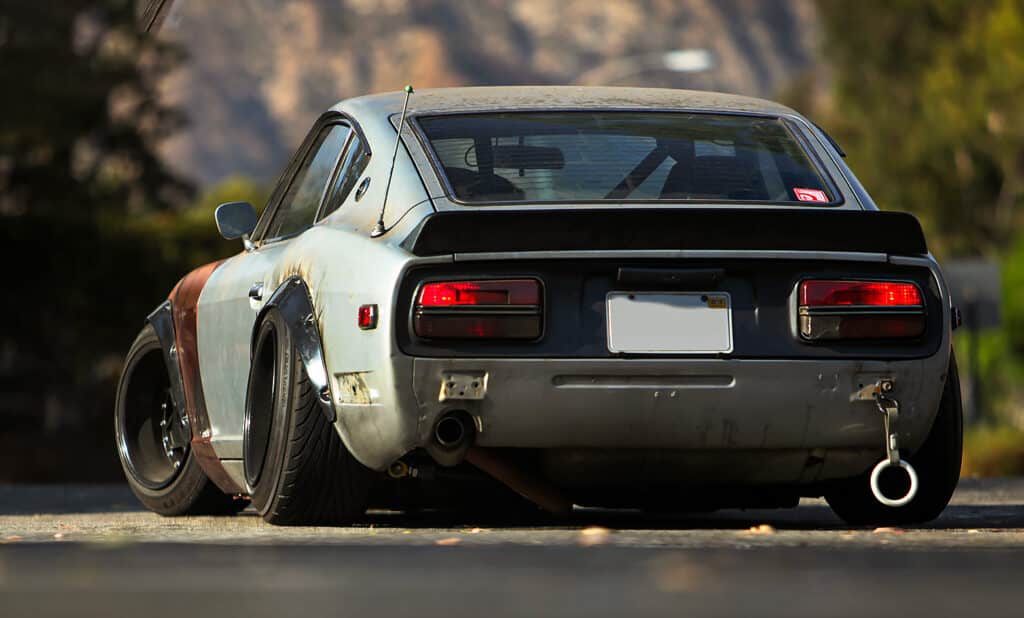
The bosozoku used to steal them from the trains and fit them either inside their cars, so passengers had something to hold on to while hanging out of the window, or below the rear bumper to show how gangster they were.
These days, you don’t need to resort to stealing in order to get your hands on one of these handles, as they’re readily available in any respectable JDM shop, and even on Amazon — made specifically for cars, not trains.

This outlaw aspect of modified car culture seems to resonate even with law-abiding citizens, at least if pop culture is anything to go by.
The American import car scene had the first Fast & Furious movies, drifters were drawn to Initial D, and shakotan enthusiasts got to enjoy Shakotan Boogie.
Shakotan Boogie is a manga series about a group of friends who are into cars and gearhead stuff, and come up with crazy ideas to get girls — and in the process, they end up crashing a lot of cars.
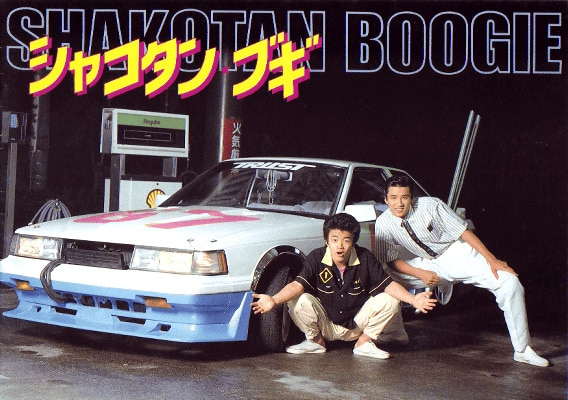
It was created by Michiharu Kusunoki, the same guy that’s behind Wangan Midnight. Unfortunately, it’s never been translated into English, but how cool would it be to keep one of these comic books in your shakotan car?!
Difference Between Shakotan Cars and Kaido Racers
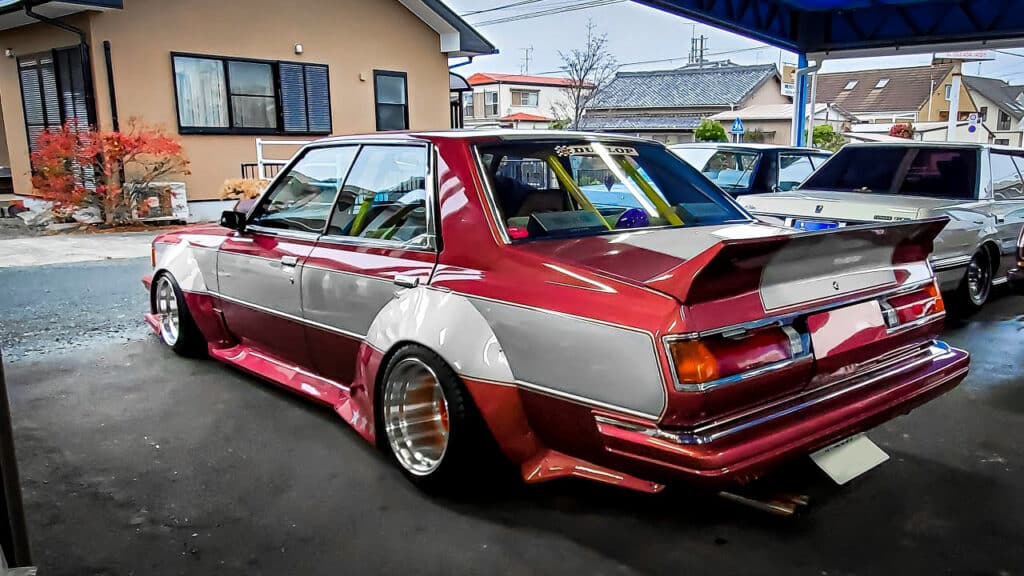
While both Shakotan cars and Kaido racers share a common Japanese origin and a penchant for low stance, they are distinct styles within the broader JDM car culture.
Kaido Racers, sometimes also referred to as bosozoku cars, can be viewed as the shakotan cars’ much more aggressive siblings — but like most siblings, they do share some visual similarities.
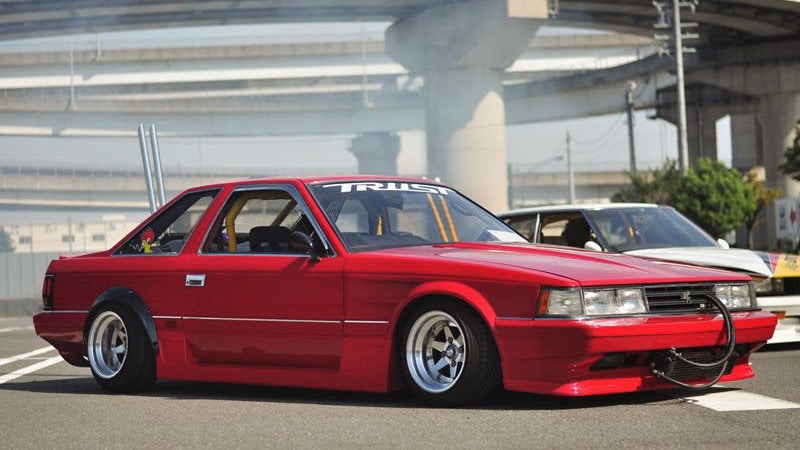
Examples of such similarities are the race-inspired, front-mounted oil coolers, the lowered ride height, and the wide, vintage JDM rims.
However, whereas shakotan cars sometimes feature a rather mild set of fender flares, kaido racers tend to go all out with exaggerated body kits, large spoilers, and vibrant paint schemes.

In other words, shakotan offers refined elegance and tasteful mods, while kaido racers embrace an aggressive, flamboyant, and attention-grabbing aesthetic.
In all honesty, we think both styles look good, but it’s pretty obvious which one would get you pulled over by the police more often.
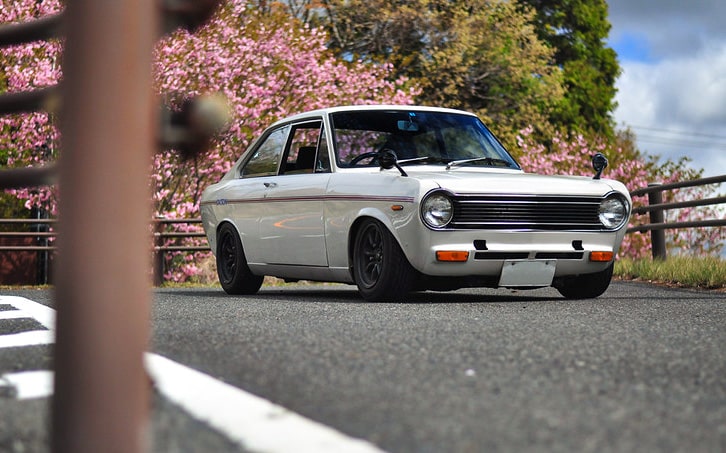
Both styles are usually associated with cars from the 70s to the mid-90s. However, by definition, it’s entirely possible to build a modern car and call it shakotan, and that’s just not the case with kaido racers.
What Cars Can Be Used for a Shakotan-Style Build?
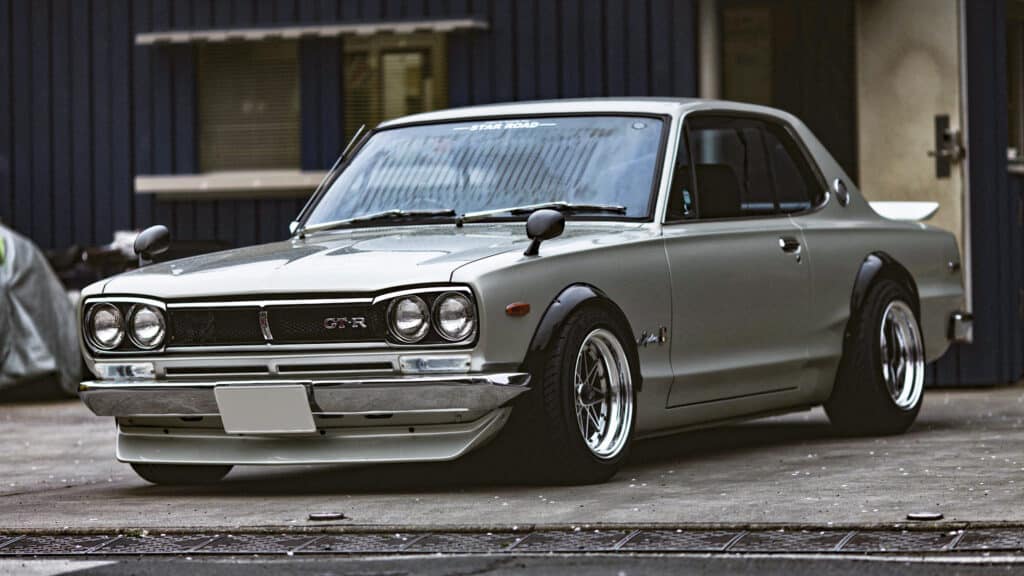
Whereas kaido racers are made to resemble the silhouette race cars of the 70s and 80s, shakotan just means “lowered car.”
Sure, as we’ve explained previously in this article, there’s a bit more to it than that, and usually old JDM cars made from the 1970s to the mid-1990s are the ones to go for.
However, if you wanted to build a newer car with shakotan influences, no rules are saying you can’t.
Some of the most legendary JDM street racing cars have been used for this purpose as well.

We’ve seen shakotan 240Zs, shakotan Skylines — Kenmeri and Yonmeri models, as well as R31s, and even the iconic Hakosuka.
Virtually any JDM car you can think of from that era has at some point been given a shakotan makeover, and the only limit is the owner’s imagination.
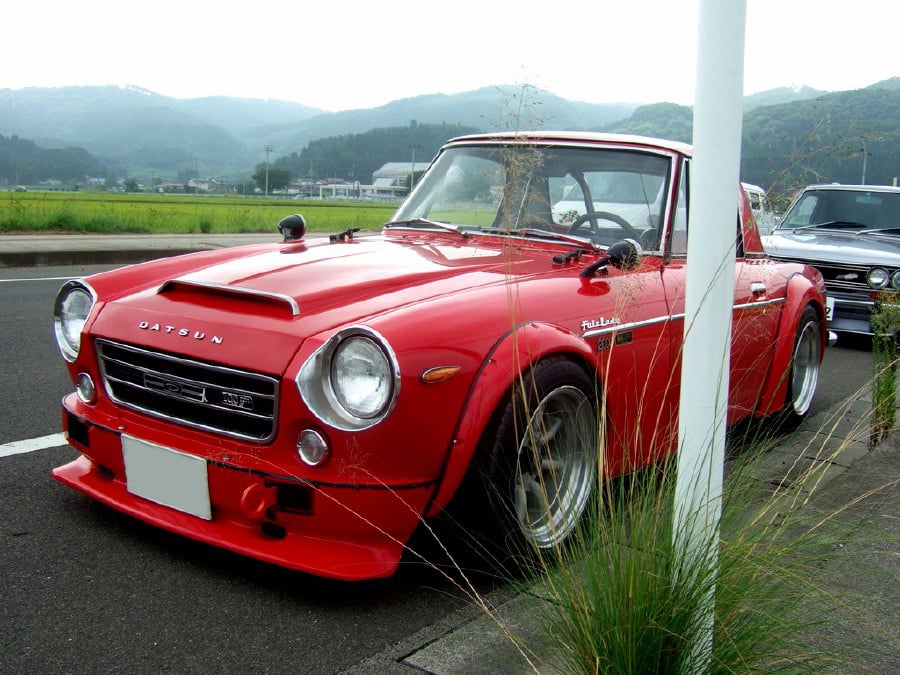
The funny things is, Japanese car enthusiasts tend to be more relaxed about the rules of these builds than foreigners. As long as it’s fun, that’s all that matters. Does that mean it’s possible to build a shakotan Miata? Of course.
An NA Miata is from the correct era, just slam it, give it some negative camber, fit some wide, classic JDM rims along with one of the retro-style Miata widebody kits, and slap an oil cooler on the front — job done!
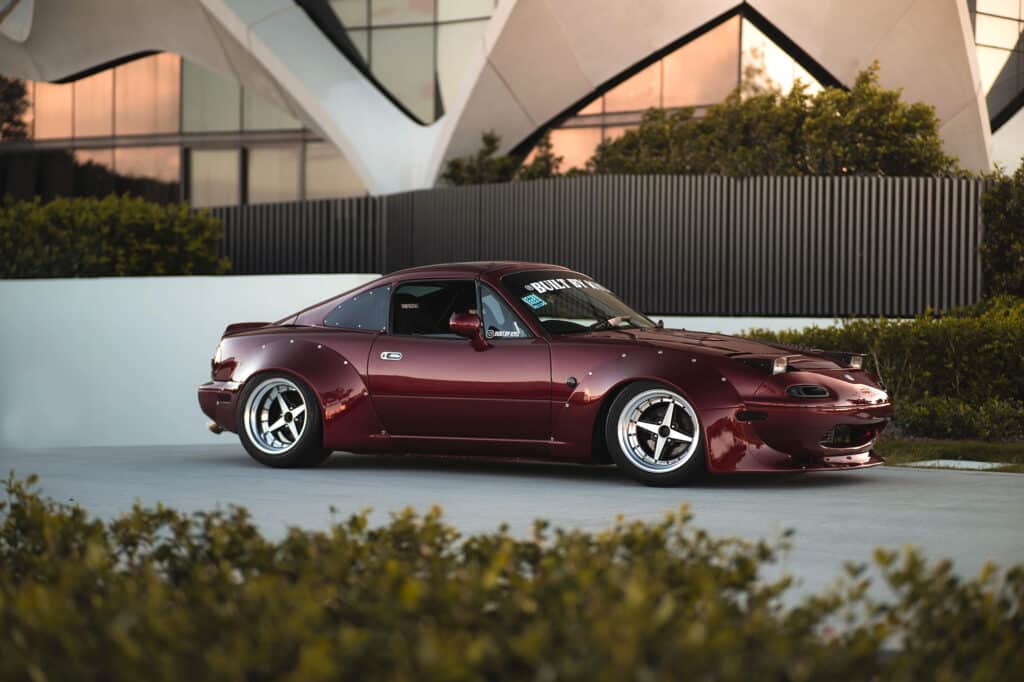
In fact, we would love to see a Miata built like that, as it would be both refreshing and old-school at the same time.
Now that you know there’s no need to worry too much about what cars are suitable and which rules you need to adhere to, it’s time to go ahead and get started on your own shakotan project.
Concluding Summary
The shakotan-style modified cars first emerged in the 1970s, which makes it one of the oldest methods of modifying JDM cars that’s still popular today.
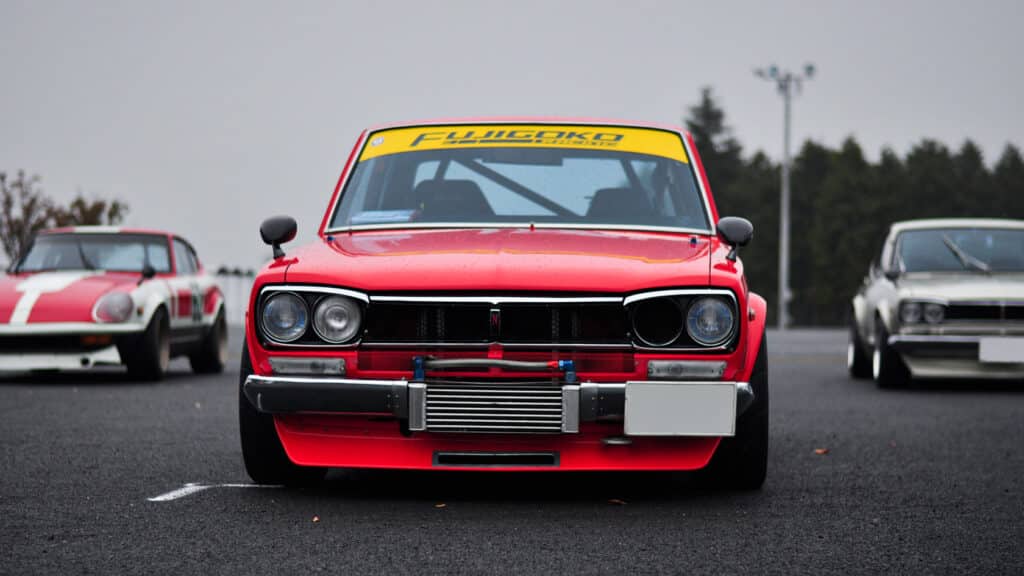
With time, this style has grown in popularity around the world, and with that growth, it has also changed.
The style has its roots in rebellion, and while it’s still something of a middle-fingered salute to conformity, it has also matured into a more refined and celebrated form of automotive expression.
Gone are the ties to the gangsters and hooligans, with the tsurikawa handles being the only evidence left that they were ever involved.
These days, we’re left with a shakotan subculture that’s mostly famous for being the original stance movement.
While the basic principles behind shakotan are simple enough — slam it, fit wide wheels, and do some classy mods — it’s possible to spend years tweaking and perfecting a project.
What are your thoughts on shakotan cars? Have you ever considered starting a shakotan car project? Let us know in the comments below.
